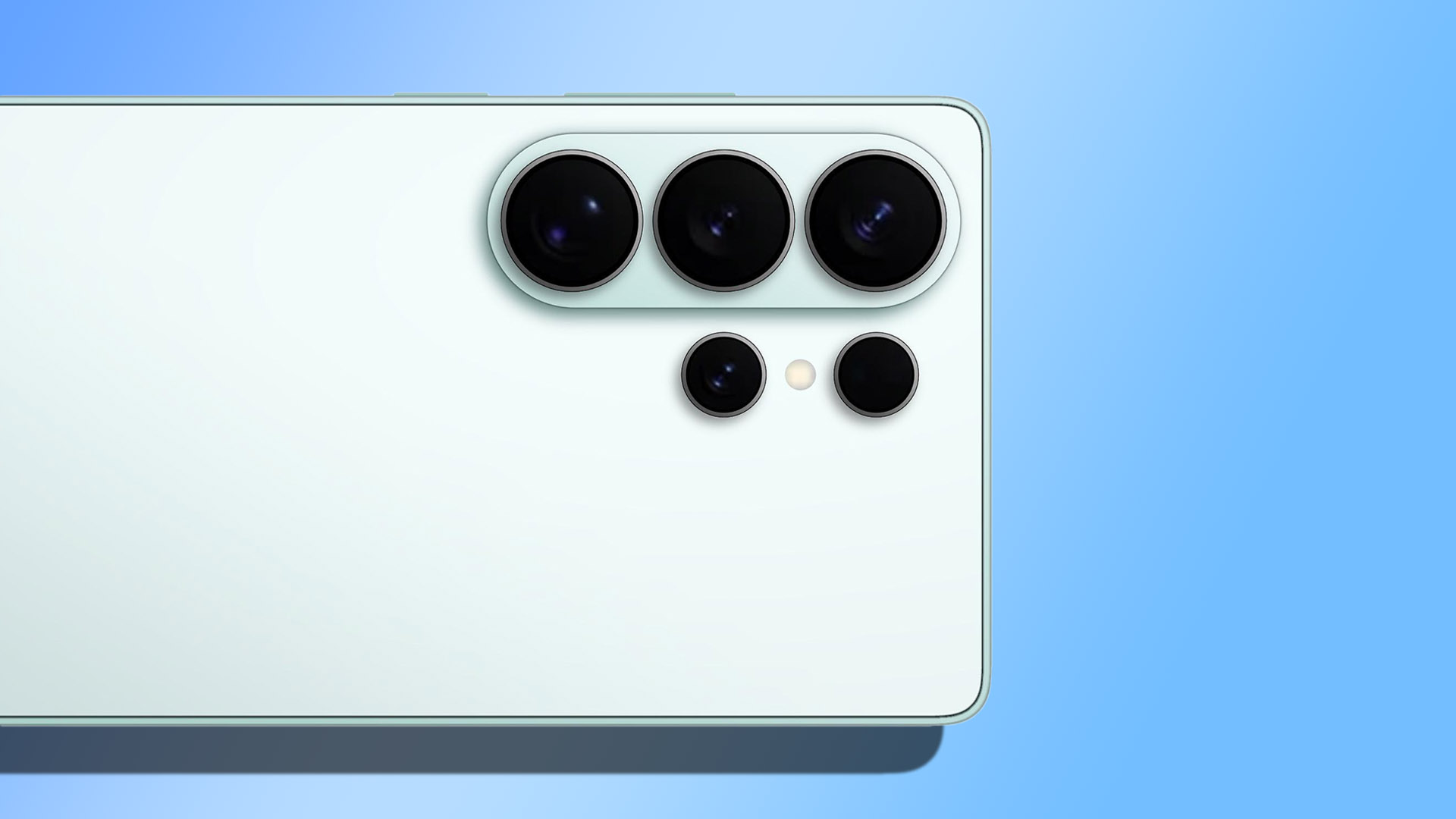Apple Baited Samsung To Switch To Titanium For Its Flagships – Will The Company Move Back To Aluminum For The Galaxy S26 Ultra?

The combination of Trump’s tariffs and increased cost of using titanium alloy ultimately forced Apple to go back to aluminum for the iPhone 17 Pro and iPhone 17 Pro Max, and though recent evidence has highlighted some durability concerns such as the paint chipping off, the material is still superior for a multitude of reasons, including better heat transfer.
Samsung, too, dropped aluminum in favor of titanium alloy after the launch of the iPhone 15 Pro and iPhone 15 Pro Max baited the Korean giant to make the switch. Looking at recent events, Apple might force a material change on the Galaxy S26 Ultra early next year, though, as discussed below, the company will be compelled to make a change due to other factors, too.
Samsung’s own reasons for reverting to aluminum for the Galaxy S26 Ultra will be justified
All phone makers, including Samsung, need to deal with an immutable reality; flagship devices are getting increasingly expensive each year due to advancements made in semiconductor technology. With each generation, fabless chip manufacturers like Qualcomm and MediaTek have to raise prices because they are reliant on TSMC and its bleeding-edge technology.
In fact, earlier this month, we reported that both companies paid up to 24 percent higher for the Snapdragon 8 Elite Gen 5 and Dimensity 9500 thanks to increased wafer prices, and next year, when these companies introduce to their first 2nm SoCs, it will not be a pretty sight for companies who have little choice but to use these products. You know who does have a choice? Samsung, but for several years, the latter’s foundry business progress in advanced lithography has been atrocious.
Since three years, Samsung has been overreliant on Qualcomm, causing its smartphone chipset expenses to shoot through the roof, and with those costs showing no signs of slowing down, the manufacturer has to switch from titanium alloy to aluminum since it is cheaper to mass produce and ensures better thermal conductivity. To give you an idea about Samsung’s estimated chipset expenditure is like, check out the statistics below.
Smartphone chipset expenditure in 2023 – 11.38 trillion won, $8.5 billion
Smartphone chipset expenditure in 2024 – 11.73 trillion won, or $8.8 billion (A $300 million, or 3.53 percent increase)
Another way that Samsung is reducing costs is by introducing its first 2nm GAA chipset, the Exynos 2600 later this year, and for the first time in three years, the Galaxy S26 Ultra could ship with a silicon fabricated by the company and sold in some markets. As for its performance, the Exynos 2600 has impressed in both single-core and multi-core tests, but if you want to know more, you can check out our in-depth rumor roundup here.
Samsung’s 2nm GAA technology could not just serve as a gateway to reduce its reliance on Qualcomm, but also prop up its foundry business so that customers like Qualcomm can benefit by sourcing from two semiconductor firms instead of one. Just think of it this way; Samsung kickstarting its foundry business alone can initiate a positive cycle that will benefit a truckload of firms and benefit the industry.
Are there any drawbacks to moving to aluminum for the Galaxy S26 Ultra?
For one thing, the Galaxy S26 Ultra will become heavier, and there will obviously be some compromises in durability, but that depends on several factors. For instance, in a drop test involving the iPhone 17 Pro Max and Galaxy S25 Ultra, Apple’s top-end flagship is weaker to impacts from the corners than its current rival, but Samsung’s premium offering for this year can practically have its back glass caved in when making contact from the rear side.
As stated above, the durability aspect depends on several factors, as there is no one straight answer. The second drawback, as you can imagine from reading about the iPhone 17 Pro and iPhone 17 Pro Max, is the paint chipping off, but this appears more to be an issue with refining the process. So far, there is not enough data to conclude whether this is a widespread problem with Apple’s devices, but Samsung will likely be sure to keep its eyes open for such wear and tear.
Will the Galaxy S26 Ultra shift to aluminum?
Looking at the benefits of aluminum when compared to titanium alloy or stainless steel, it appears that the Galaxy S26 Ultra could switch to the new material. Also, remember that Qualcomm has yet to announce the upgraded version of the Snapdragon 8 Elite Gen 5, which will likely be called the Snapdragon 8 Elite Gen 5 for Galaxy. According to an earlier Geekbench 6 leak, the performance cores tested on the Galaxy S26 Edge ran at 4.74GHz instead of the default 4.60GHz.
With sufficient cooling granted by the combination of an aluminum shell and vapor chamber, the Galaxy S26 Ultra could deliver slightly increased single-core and multi-core performance. Looking at the innate benefits, we have every reason to believe that Samsung will move to this build material in 2026, and if you agree with us, let us know in the comments or participate in the poll.



